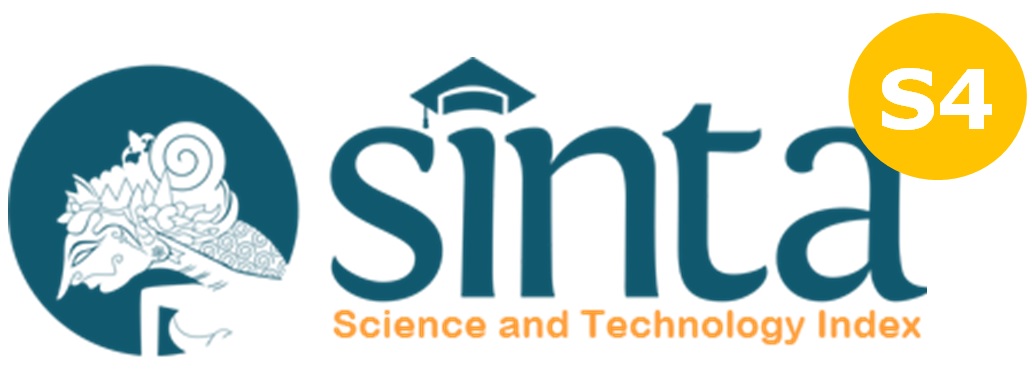TEKNOLOGI PEMBUATAN ADSORBEN DARI LIMBAH EKSTRAKSI BIOSILIKA SEKAM PADI
DOI:
https://doi.org/10.23969/pftj.v7i3.3001Abstract
Adsorbent from lignocellulosic waste constitutes an alternative in industry due to the large amount and easy to get. The unique characteristics of activated carbon from lignocellulosic waste as well as more economically with regard to mass production were the reasons for the development of by-products of this rice husk biosilica waste. This research aimed to produce adsorbent from waste of nanobiosilica powder extraction. Calcination or treatment without impregnation) and with impregnation were applied in this study. Calcination was carried out by heating the residual waste at 600 ° C; 700 ° C; and 800 ° C; however the impregnation process was carried out by immersing the residual waste with catalysts ZnCl2, H3PO4, and KOH with ratio 1: 1 and 1: 2 for 24 hours. Subsequently, carbonisation was carried out at 600 ° C; 700 ° C; and 800 ° C for 1 and 3 hours with variations in mesh sizes of 10, 20, 80, and 100 mesh. The results showed that the waste of nanobiosilica extraction still contained high SiO2 (89.86%) so that it could be used as raw material for adsorber to apply in water purification applications. The calcination treatment showed the highest absorption as well as the area of the pore surface. The best particle size was 100 mesh and calcined at 800 ° C in which has a pore surface area meet the requirement of commercial activated charcoal, which is 15.83 m² / g.



















